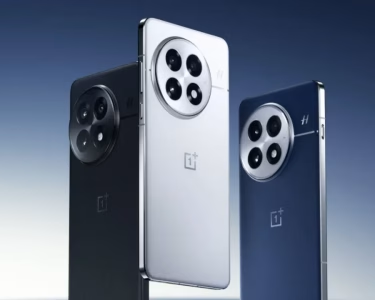From Kinetic Energy to Solar-Powered Smartwatches
Imagine a smartwatch that never nags you for a recharge. No cables. No wireless charging pads. No “battery low” notifications just when you need it most. Sounds futuristic? Well, it’s already here — thanks to self-charging wearables.
From harnessing your body’s movement to sipping energy from the sun, technology is quietly rewriting the rules of portable power. Let’s explore the fascinating innovations making “battery anxiety” a thing of the past.
1. Kinetic Energy – Power from Your Movement
If you’ve ever owned an automatic wristwatch, you’ve already seen this concept in action. Kinetic-powered wearables use your everyday motions — walking, typing, even waving your hand — to spin a tiny rotor inside the device. That motion is converted into electrical energy to keep it running.
Newer fitness trackers are experimenting with piezoelectric materials that generate power when bent or compressed, opening the door to lighter, thinner, self-charging designs.
2. Solar-Powered Smartwatches
Solar cells aren’t just for rooftops anymore — they’re being built right into the display of smartwatches. Brands like Garmin and Casio G-Shock are already offering solar-assisted wearables that extend battery life for weeks, and in some cases, keep them running indefinitely if you get enough sunlight.
Unlike traditional solar panels, these use transparent photovoltaic layers that let light through to the display while still generating electricity.
3. Thermoelectric Energy – Heat from Your Body
Your body is basically a small power plant. Thermoelectric generators (TEGs) can turn the heat difference between your skin and the surrounding air into usable electricity. While still in early stages for mainstream products, research prototypes have already powered small wearables like health monitors.
4. Wireless Ambient Energy Harvesting
The next frontier? Wearables that pull power out of the air. Technologies like RF energy harvesting can capture stray signals from Wi-Fi routers, mobile towers, or Bluetooth devices and convert them into electricity. While current efficiency is low, it could supplement other energy sources for “forever-charged” wearables.
The Future of No-Charge Devices
With battery technology advancing alongside energy-harvesting techniques, we could soon see wearables that are entirely self-sufficient. Imagine a fitness tracker that charges from your heartbeat, a ring that powers itself through finger movement, or a VR headset that never needs plugging in.
Self-charging wearables won’t just be convenient — they’ll reduce e-waste, extend product lifespans, and change how we think about portable electronics.
💡 Bottom line: The dream of never charging your wearable again is no longer just a sci-fi fantasy. It’s a rapidly approaching reality — powered by your movement, the sun, your own body heat, and even the invisible energy around you.






